Abstract
Cultures of human peripheral leucocytes were stimulated to incorporate tritiated thymidine when incubated with monkey antisera to human immunoglobulins. Twenty-five of forty-four monkey antisera were active and stimulated 90 per cent of leucocyte (WBC) cultures to incorporate a small but significantly greater amount of tritiated thymidine (TdR3H) than that incorporated by controls. This stimulation of TdR3H uptake correlated with an increase from 2 to 8 per cent lymphoblasts in the cultures. Leucocytes washed free of serum immunoglobulins responded to a greater degree to the anti-immunoglobulin sera than when they were cultured in the presence of human serum. Prior absorption of antisera with either whole serum or homologous immunoglobulin blocked antiserum stimulation completely. The anti-IgG and anti-IgM antisera were consistently more effective than anti-IgA, anti-κ and anti-λ chain antisera. Sequential stimulation by antisera against two different immunoglobulins was not significantly different from those stimulated by only one of the two. Lymphocytes from three asymptomatic subjects with low or absent serum IgA levels transformed as well with anti-IgA as did lymphocytes from subjects with normal serum IgA levels. Antisera were cytotoxic to the lymphocytes only in the presence of complement. Presumably the transformation of human lymphocytes was due to a reaction of anti-immunoglobulin antisera with specific immunoglobulin antigenic determinants present on or in the circulating lymphocytes.
Full text
PDF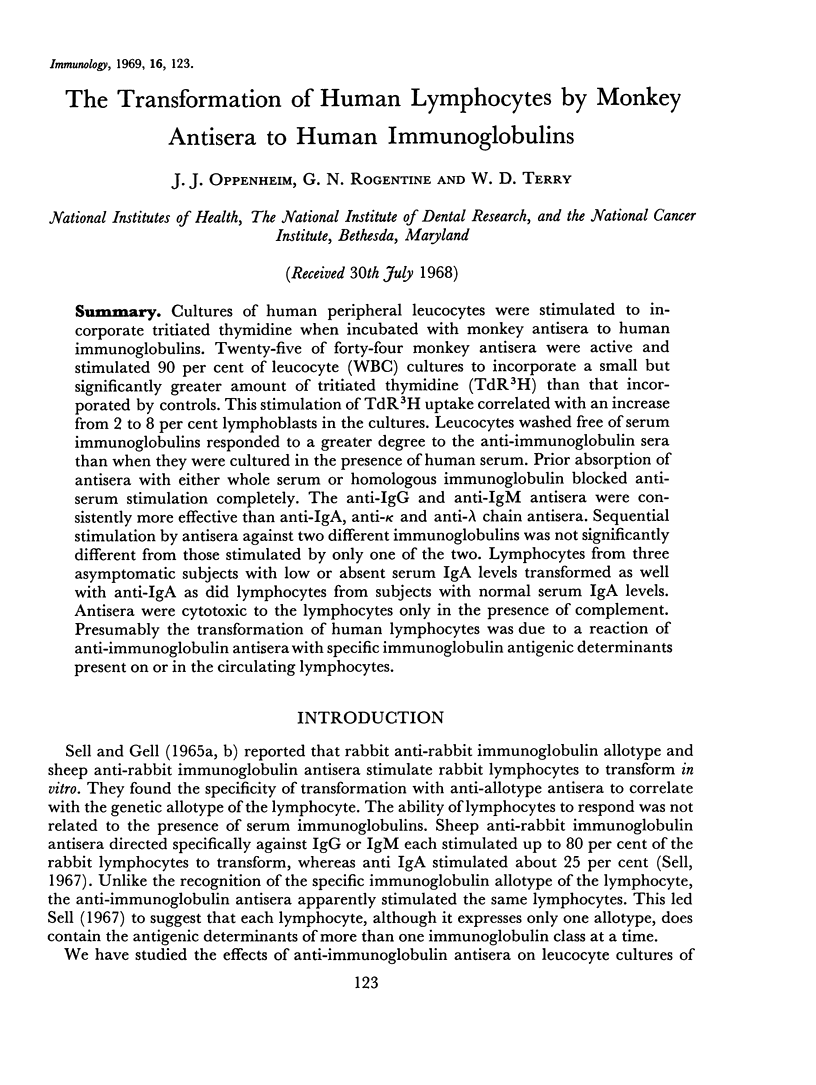
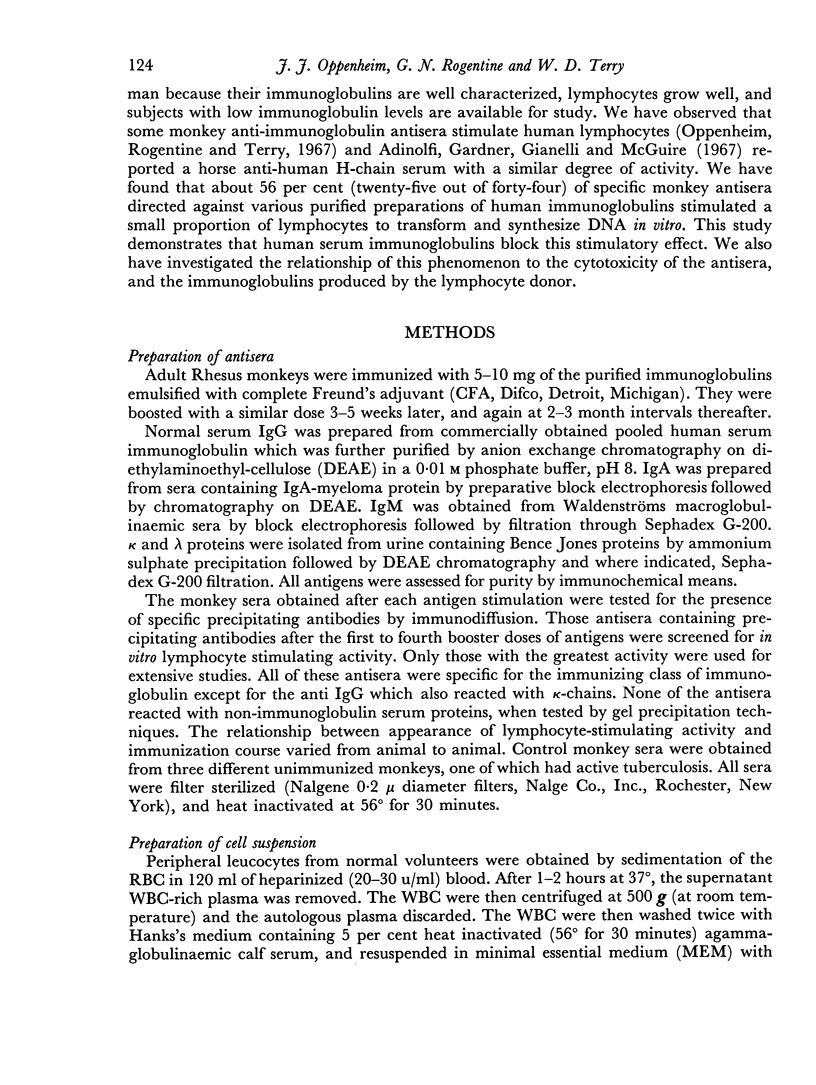
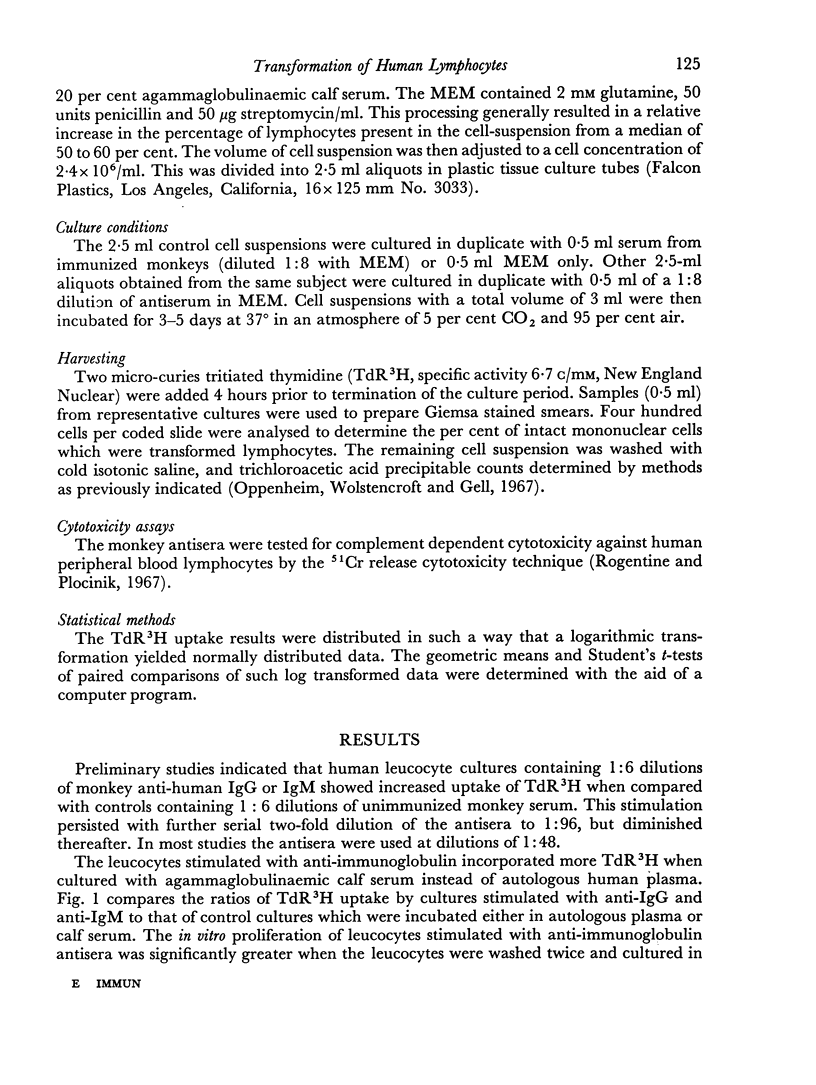
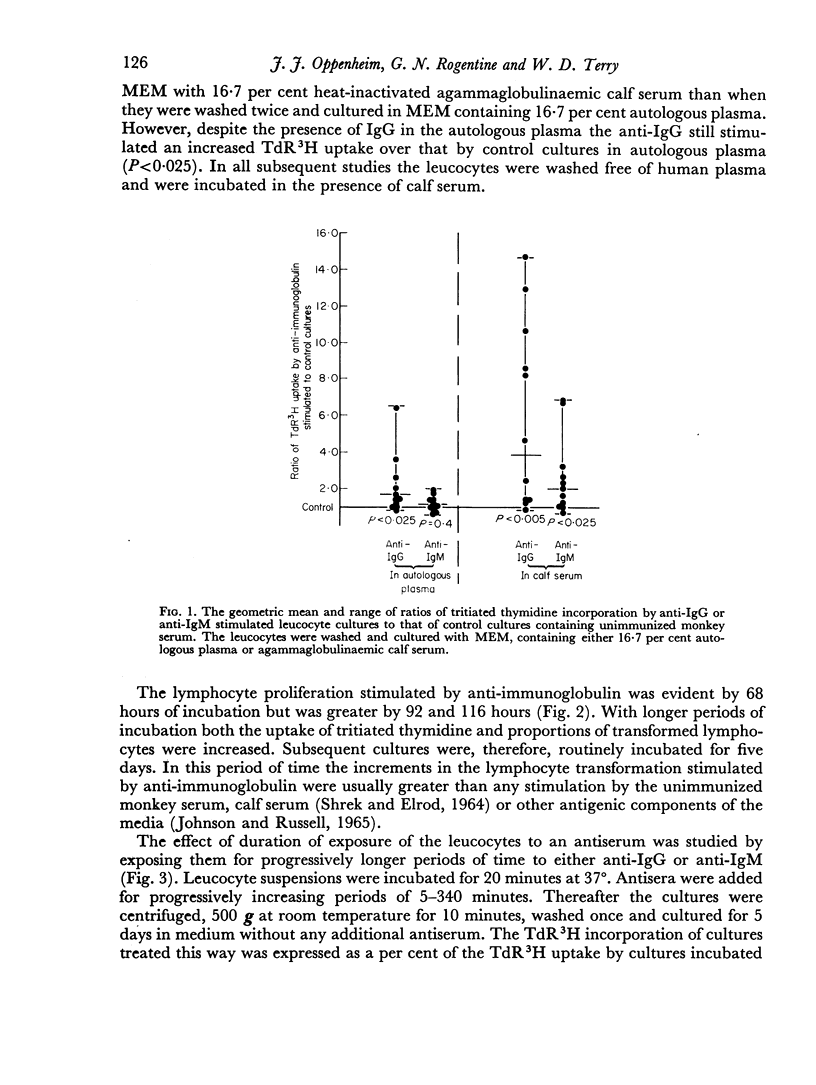
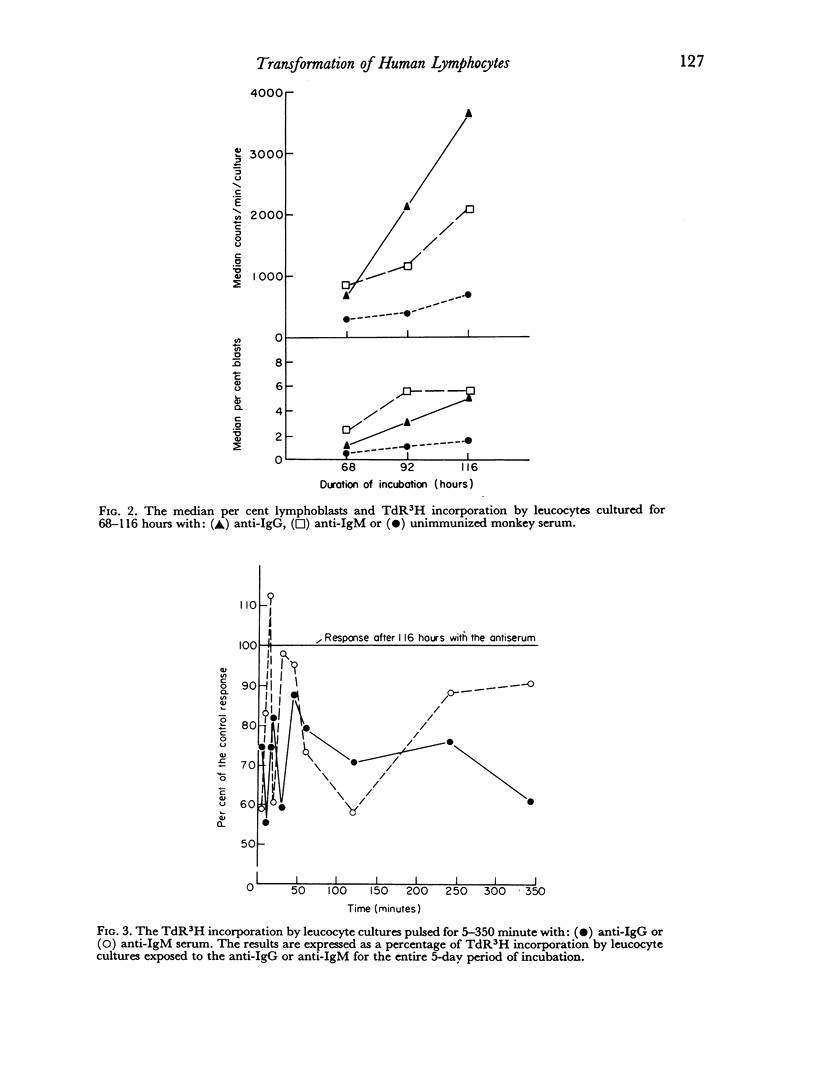
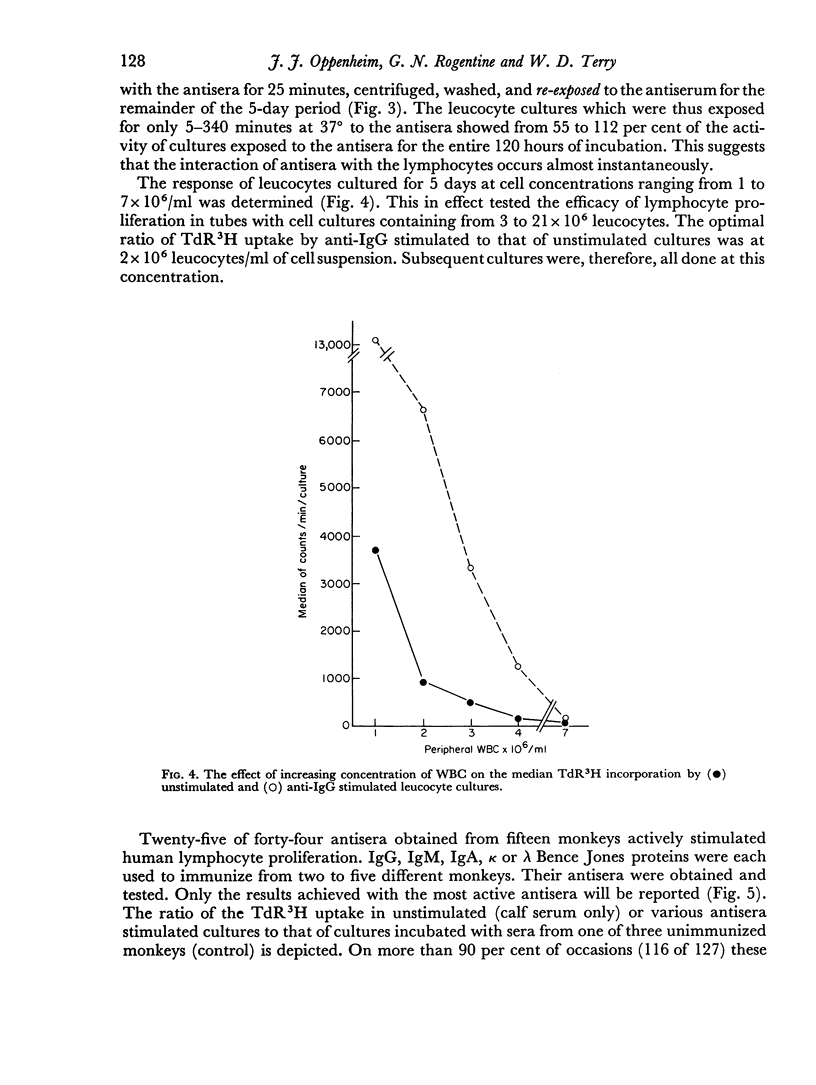
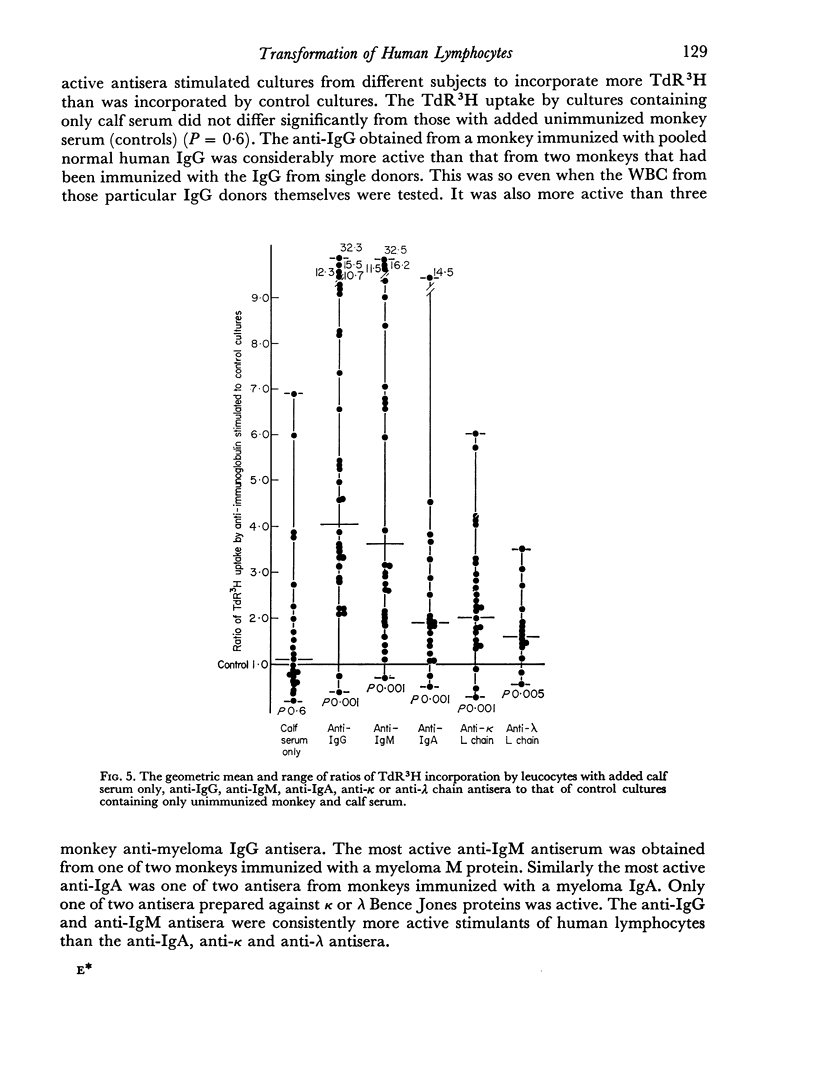

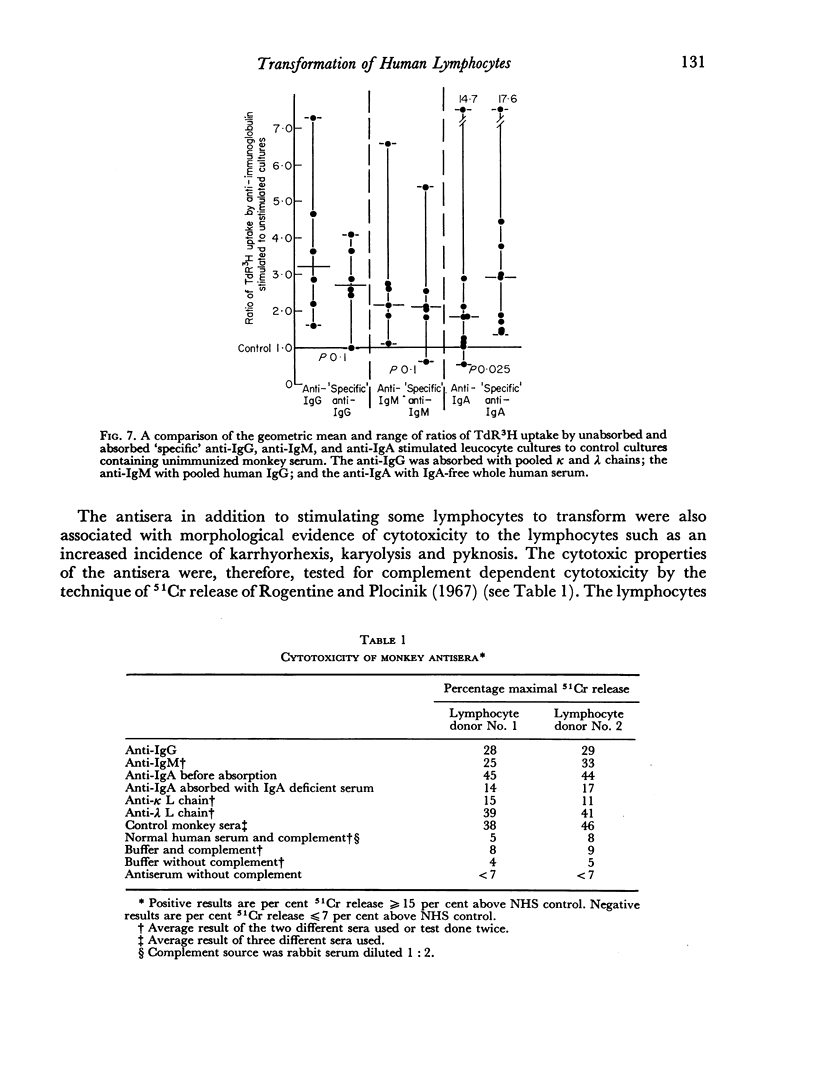
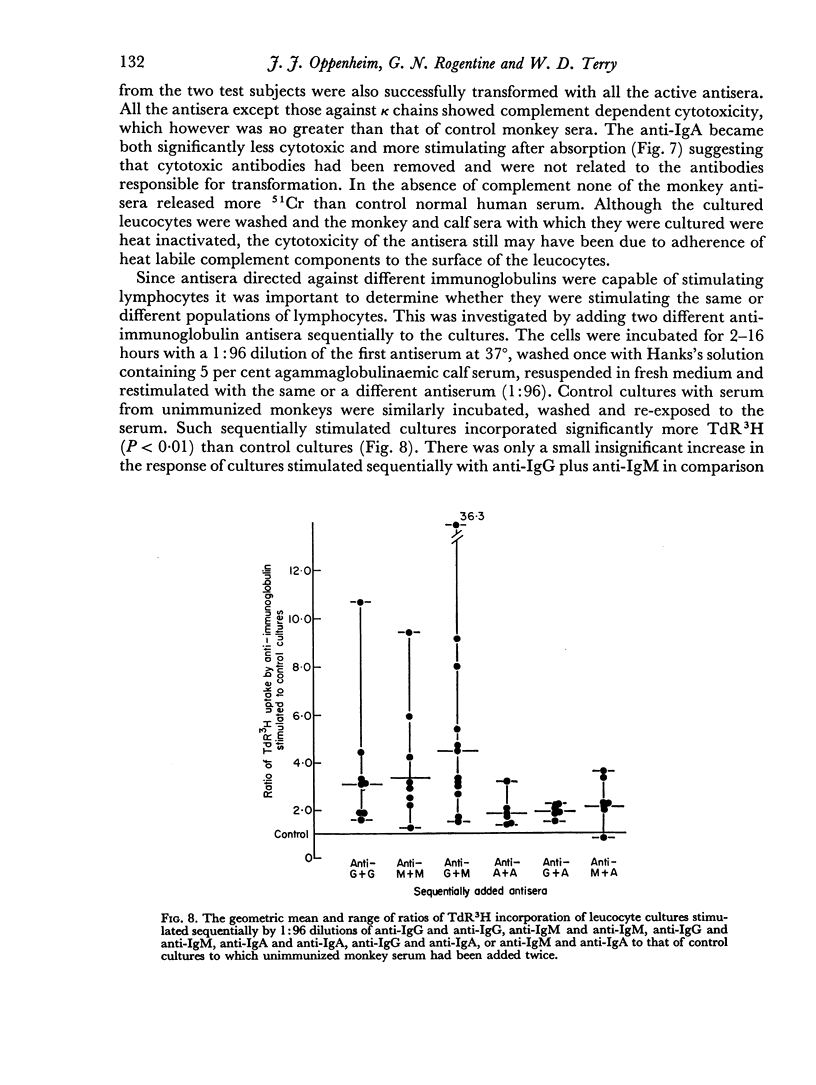
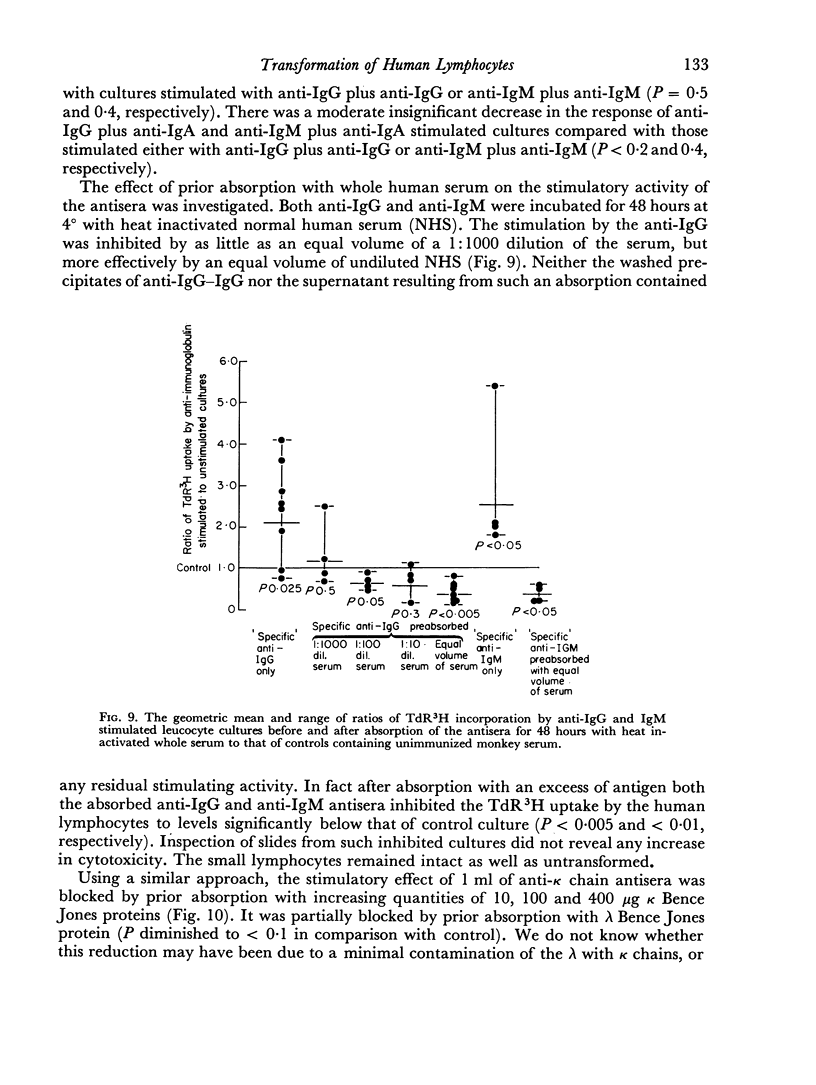
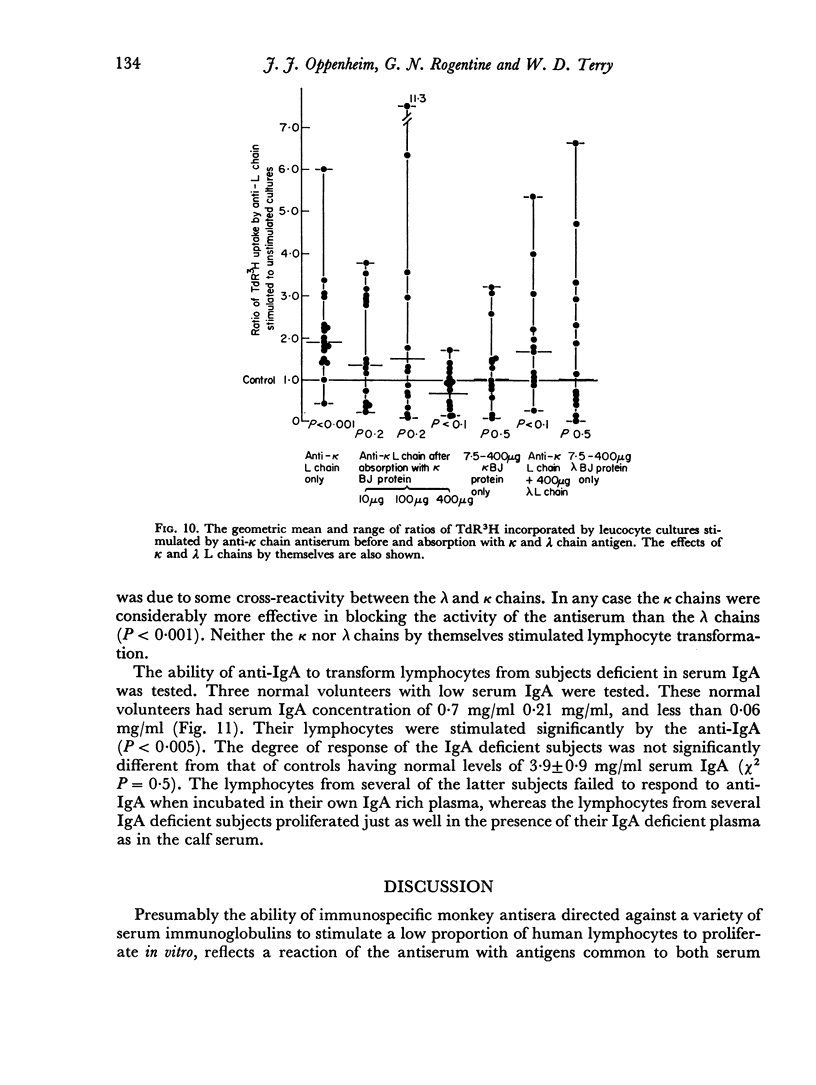
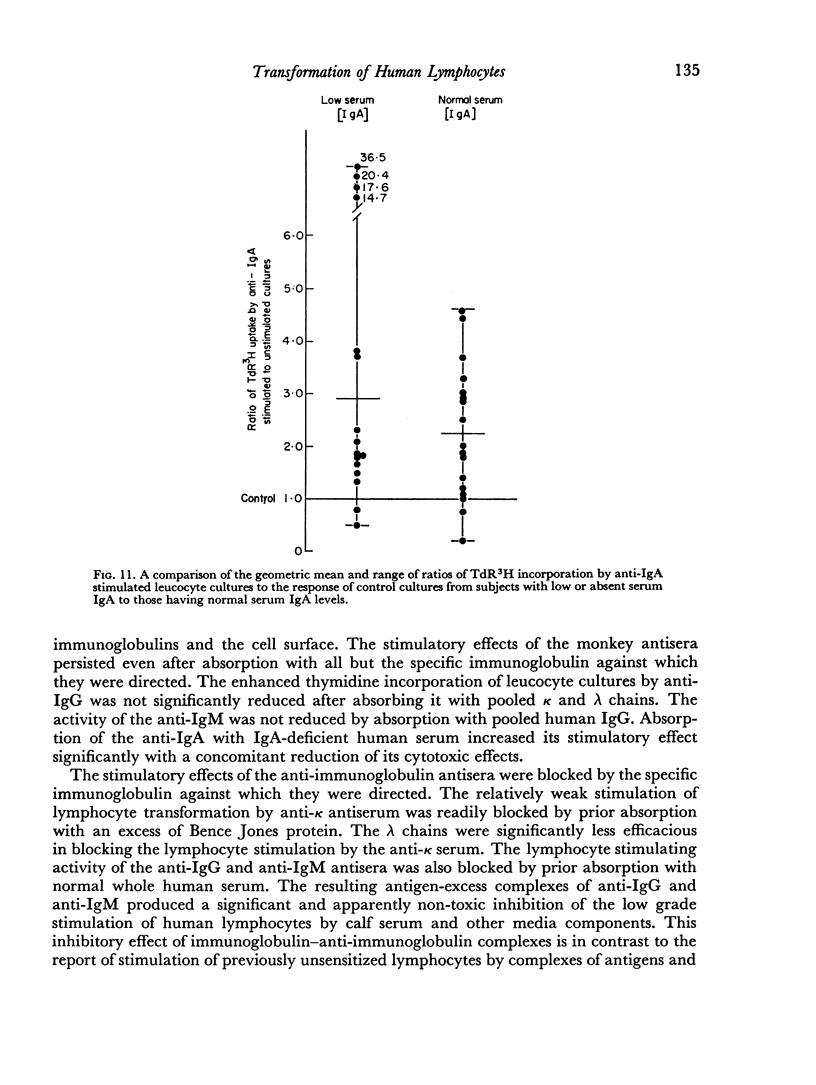
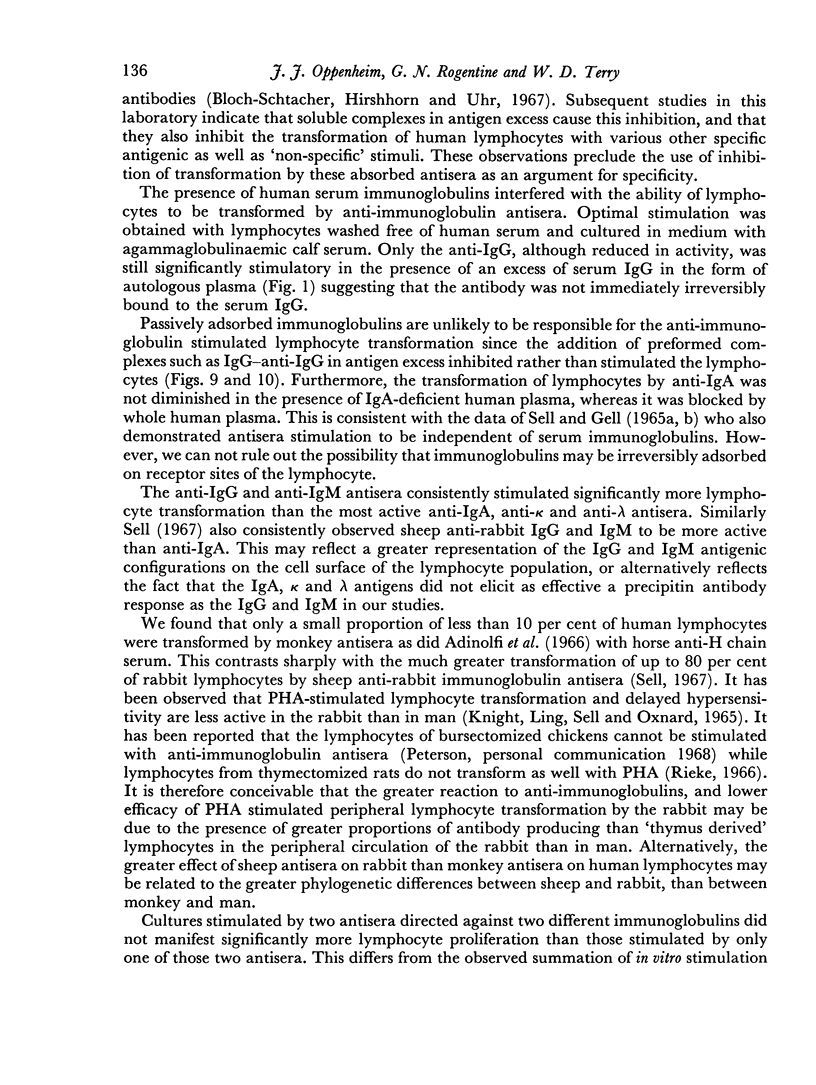
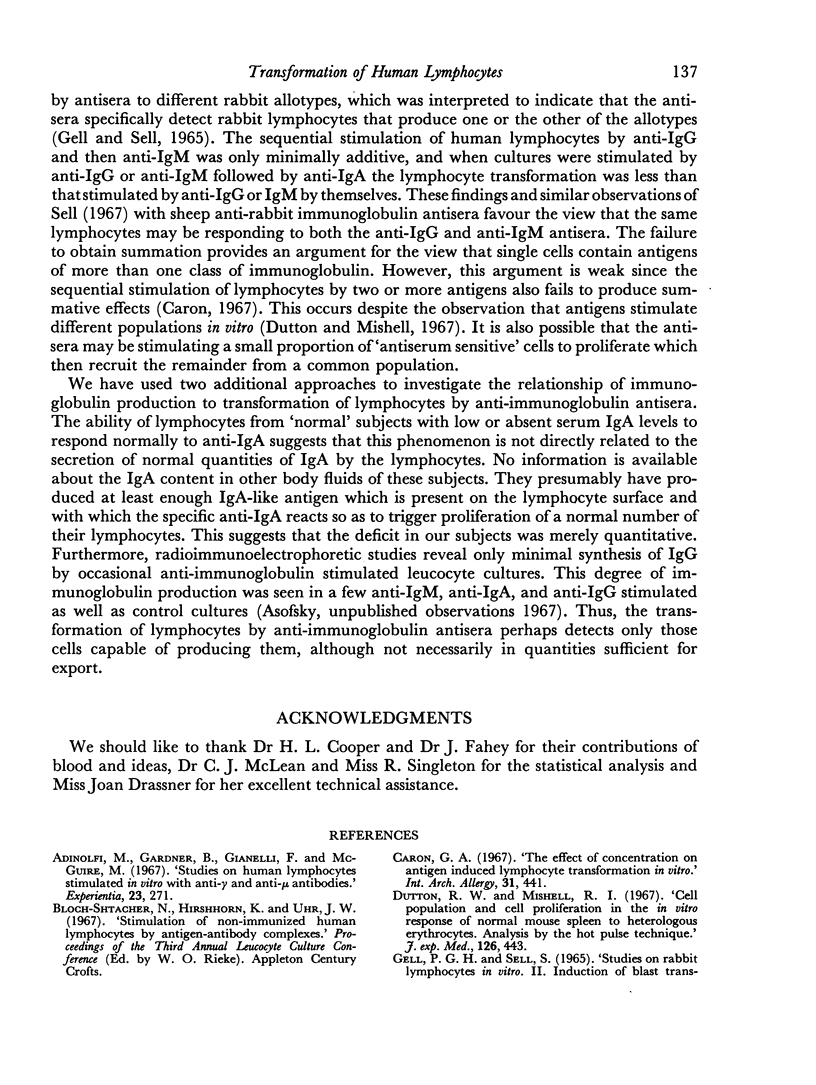
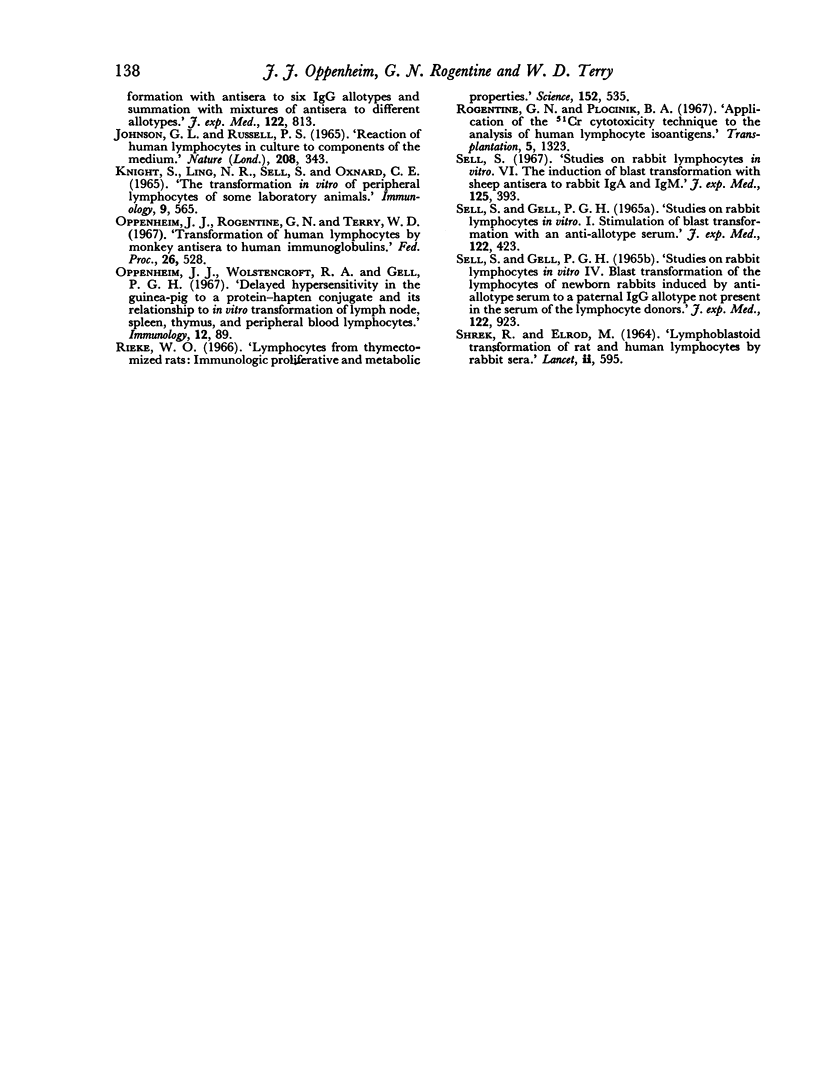
Selected References
These references are in PubMed. This may not be the complete list of references from this article.
- Adinolfi M., Gardner B., Giannelli F., McGuire M. Studies on human lymphocytes stimulated in vitro with anti-gamma and anti-mu antibodies. Experientia. 1967 Apr 15;23(4):271–272. doi: 10.1007/BF02135679. [DOI] [PubMed] [Google Scholar]
- Dutton R. W., Mishell R. I. Cell populations and cell proliferation in the in vitro response of normal mouse spleen to heterologous erythrocytes. Analysis by the hot pulse technique. J Exp Med. 1967 Sep 1;126(3):443–454. doi: 10.1084/jem.126.3.443. [DOI] [PMC free article] [PubMed] [Google Scholar]
- Gell P. G., Sell S. Studies on rabbit lymphocytes in vitro. II. Induction of blast transformation with antisera to six IgG allotypes and summation with mixtures of antisera to different allotypes. J Exp Med. 1965 Oct 1;122(4):813–821. doi: 10.1084/jem.122.4.813. [DOI] [PMC free article] [PubMed] [Google Scholar]
- Johnson G. J., Russell P. S. Reaction of human lymphocytes in culture to components of the medium. Nature. 1965 Oct 23;208(5008):343–345. doi: 10.1038/208343a0. [DOI] [PubMed] [Google Scholar]
- Knight S., Ling N. R., Sell S., Oxnard C. E. The transformation in vitro of peripheral lymphocytes of some laboratory animals. Immunology. 1965 Dec;9(6):565–574. [PMC free article] [PubMed] [Google Scholar]
- Oppenheim J. J., Wolstencroft R. A., Gell P. G. Delayed hypersensitivity in the guinea-pig to a protein-hapten conjugate and its relationship to in vitro transformation of lymph node, spleen, thymus and peripheral blood lymphocytes. Immunology. 1967 Jan;12(1):89–102. [PMC free article] [PubMed] [Google Scholar]
- Rieke W. O. Lymphocytes from thymectomized rats: immunologic, proliferative, and metabolic properties. Science. 1966 Apr 22;152(3721):535–538. doi: 10.1126/science.152.3721.535. [DOI] [PubMed] [Google Scholar]
- Rogentine G. N., Jr, Plocinik B. A. Application of the 51Cr cytotoxicity technique to the analysis of human lymphocyte isoantigens. Transplantation. 1967 Sep 5;5(5):1323–1333. doi: 10.1097/00007890-196709000-00010. [DOI] [PubMed] [Google Scholar]
- SELL S., GELL P. G. STUDIES ON RABBIT LYMPHOCYTES IN VITRO. I. STIMULATION OF BLAST TRANSFORMATION WITH AN ANTIALLOTYPE SERUM. J Exp Med. 1965 Aug 1;122:423–440. doi: 10.1084/jem.122.2.423. [DOI] [PMC free article] [PubMed] [Google Scholar]
- Sell S., Gell P. G. Studies on rabbit lymphocytes in vitro. IV. Blast transformation of the lymphocytes from newborn rabbits induced by antiallotype serum to a paternal IgG allotype not present in the serum of the lymphocyte donors. J Exp Med. 1965 Nov 1;122(5):923–928. doi: 10.1084/jem.122.5.923. [DOI] [PMC free article] [PubMed] [Google Scholar]
- Sell S. Studies on rabbit lymphocytes in vitro. VI. The induction of blast transformation with sheep antisera to rabbit IgA and IgM. J Exp Med. 1967 Mar 1;125(3):393–400. doi: 10.1084/jem.125.3.393. [DOI] [PMC free article] [PubMed] [Google Scholar]


